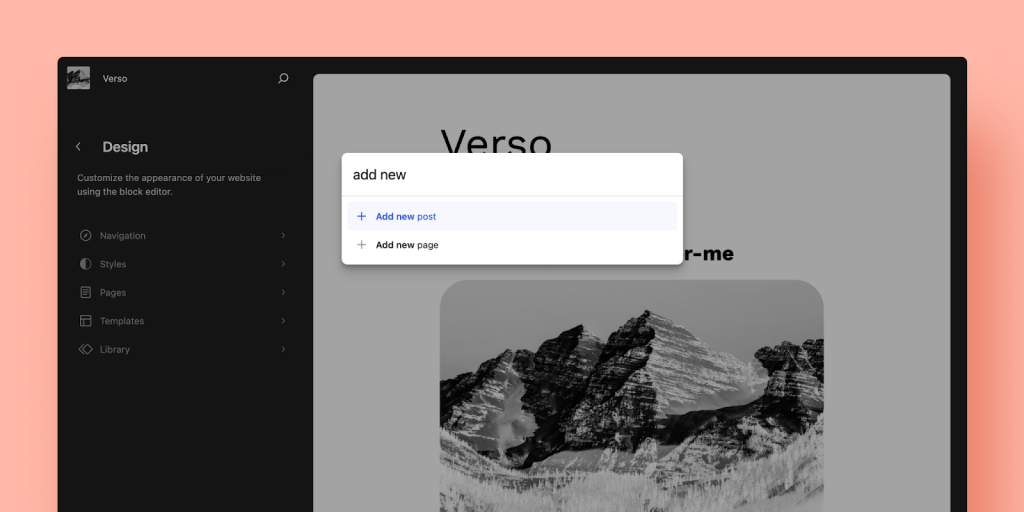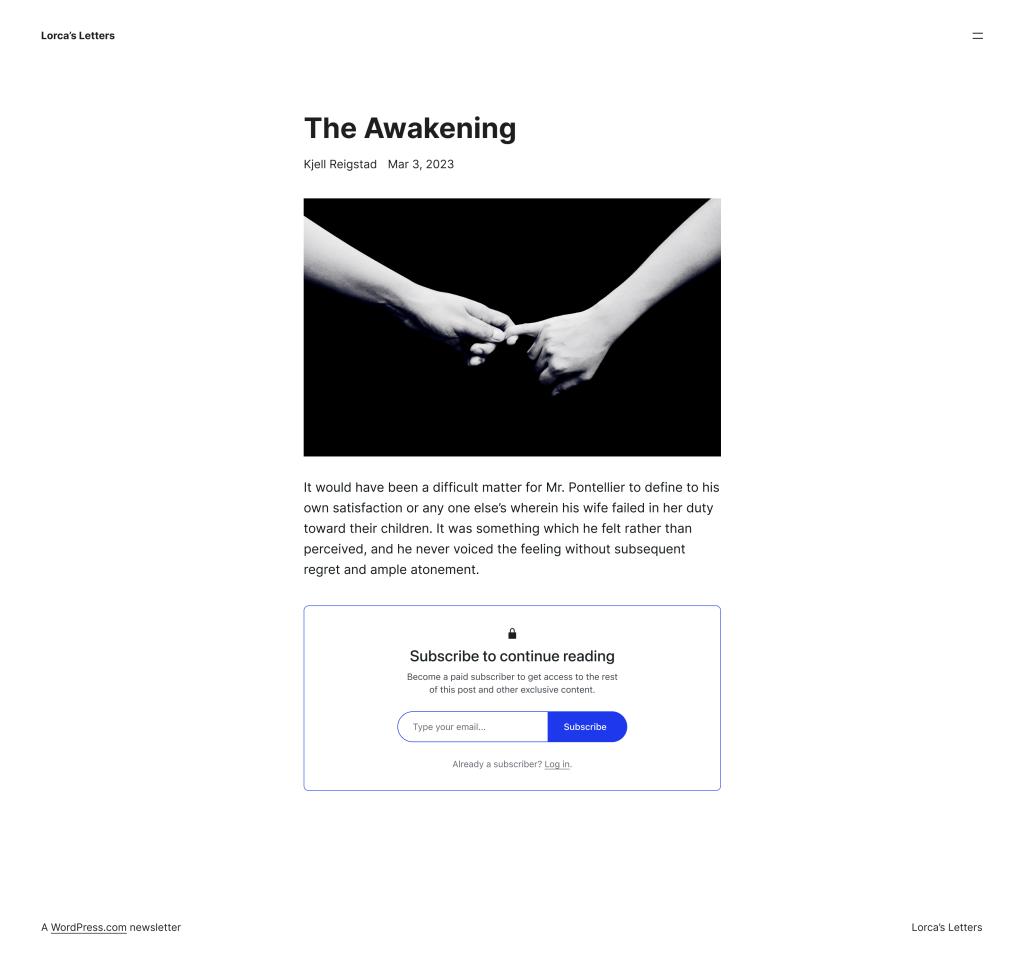Join WordPress Executive Director, Josepha Haden Chomphosy, as she goes back to the basics and offers some insight into block patterns for WordPress. Don’t miss this exciting insider’s look!
Have a question you’d like answered? You can submit them to wpbriefing@wordpress.org, either written or as a voice recording.
Credits
Host: Josepha Haden Chomphosy
Editor: Dustin Hartzler
Logo: Javier Arce
Production: Brett McSherry
Song: Fearless First by Kevin MacLeod
Show Notes
- Using Block Patterns
- Pattern Library
- Taking Advantage of Query Loops
- Small List of Big Things
- The WP Annual Survey is available! Each year, the WordPress community (users, site builders, extenders, and contributors) provides valuable feedback through an annual survey.
- WordCamp Asia is searching for volunteers for the upcoming WordCamp on March 7–9, 2024. They are looking for Contributor Stories, Event Volunteers, Emcee support, A/V Team Crew, and even designers to help create the official Wapuu for the event.
- Local WordCamp Meetups! Use this opportunity to find upcoming local events or volunteer to help at the next one. They are an excellent opportunity to meet with others in the community.
Transcript
[00:00:00] Josepha: Hello everyone. And welcome to the WordPress Briefing, the podcast where you can catch quick explanations of the ideas behind the WordPress open source project, some insight into the community that supports it, and get a small list of big things coming up in the next two weeks. I’m your host, Josepha Haden Chomphosy. Here we go.
[00:00:28] (Intro music)
[00:00:39] Josepha: Today’s briefing topic is going to take a bit of a back-to-basics look at block patterns. Block patterns are one of my favorite enhancements that came through the Gutenberg project, and they’re pretty much exactly what they sound like. Groups of blocks that are arranged together. These patterns can be as simple as a block that holds a series of social sharing icons, but they can also be as complex as an entire landing page, complete with a call to action and interactive gallery.
They can be used as a starting point where you activate an entire pattern and then modify the pieces that don’t quite work for you or as a sort of inspirational catalog of design elements for you to build your own patterns from.
So, where do these block patterns come from? Who created them? As with most things in WordPress, the answer is lots of places. Some patterns are included with WordPress by default, and there are also sometimes specialized block patterns that are bundled with a particular theme or plugin. There’s also a pattern library that includes both curated block patterns and all the patterns that are created and shared by the WordPress community itself.
So from the CMS, from themes, from plugins, from designers, from hobbyists, from people who just like love creating things and putting it out in the world, that’s, that’s where those patterns come from. But you can also create and curate your own block patterns, either to share back to the community as some folks do or because you are a site administrator and everyone needs to be able to add, I don’t know, an author block or something. But you don’t always want to be the one that has to put the photo on the page.
There are a few blocks that have their patterns built into settings, most notably the Query Loop Block. I’ll share a tutorial about how to work with that in the show notes, but ultimately, what’s important to remember here is that block patterns are a really powerful tool with a lot of ways to implement them. You can start as simple as you want or as complex as you want, but either way, getting familiar with this concept in the software will give you a leg up on your next project.
[00:02:53] (Music interlude)
[00:03:00] Josepha: That brings us now to our small list of big things.
First up, the annual survey is available. Each year, the WordPress community, so users, site builders, extenders, contributors, artists, you all provide valuable feedback through an annual survey. And every year, I look into the results to get a sense for what areas need the most attention in the project. So click the link in the show notes to take the 2023 survey and help co-create WordPress.
The next thing on our small list of big things is WordCamp Asia is currently searching for volunteers for the upcoming event on March 7th through 9th, 2024. They’re looking for Contributor Stories, Event Volunteers, Emcee support, A/V Team Crew, and even designers to help create the official Wapuu for the event. I’ll include a link to applications for that in the show notes as well.
And finally, I think it’s important to mention that if you don’t really know what a WordCamp is, so you don’t really understand why you should volunteer to help this one, or why you would want to, then head over to your local meetup. If you look in your WordPress dashboard, there’s a widget in there that tells you when the next local event will be. And I know that they will all be delighted to have you there. And who knows, maybe your city will be the next to host a WordCamp. I’ll also include in the show notes just a list of all of the meetup groups that we have in the world. And so if you don’t trust your dashboard or you don’t share your location there for some reason, you can just find it on your own.
And that, my friends, is your small of big things.
[00:04:32] Josepha: Thanks for tuning in today for the WordPress Briefing. Don’t forget to follow us on your favorite podcast app, or subscribe directly on WordPress.org/news. You’ll get a friendly reminder whenever a new episode drops. If you liked what you heard today, share it with a fellow WordPresser. Or, if you had questions about what you heard, you can share those directly with me at wpbriefing@WordPress.org. I’m your host, Josepha Haden Chomphosy. Thanks again for listening, and I’ll see you in a couple of weeks.
[00:05:00] (Music outro)






